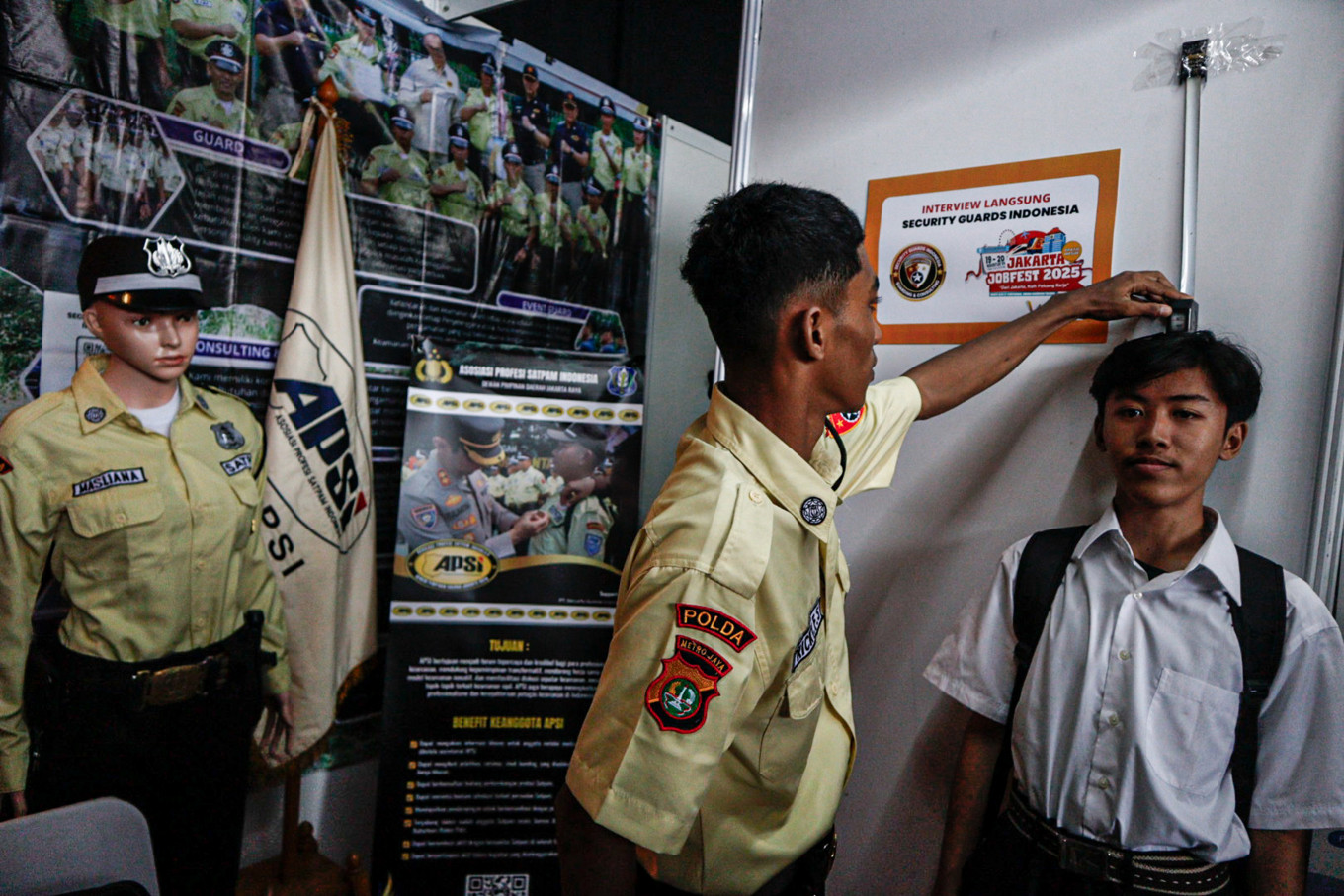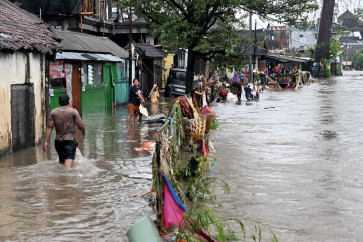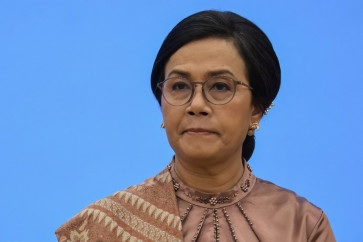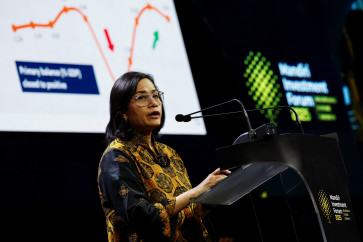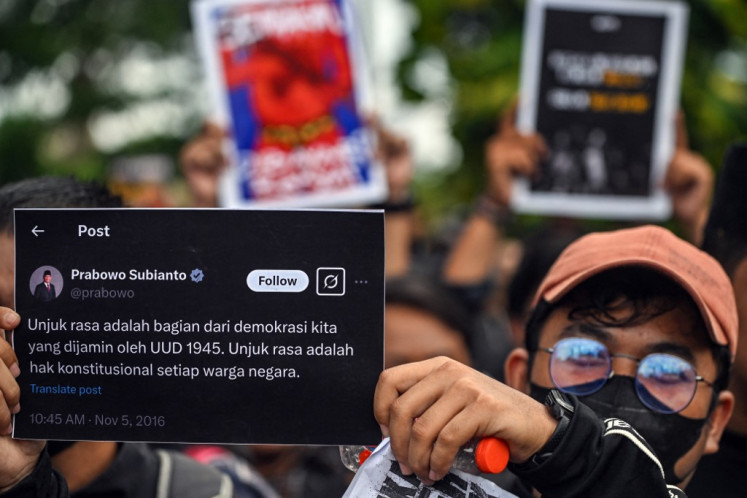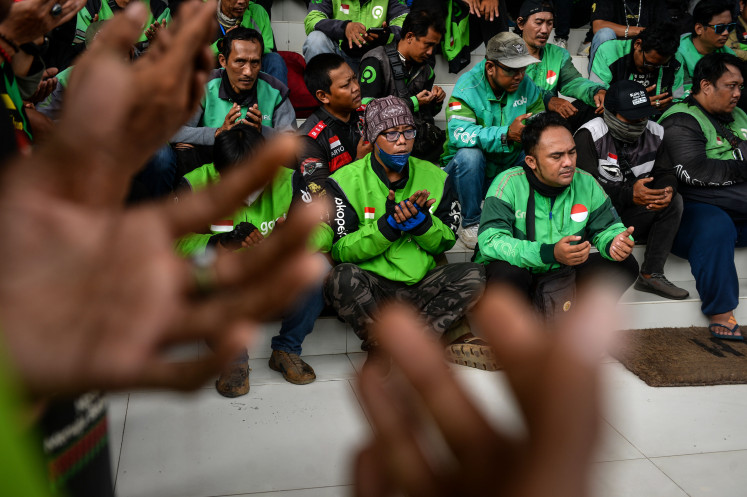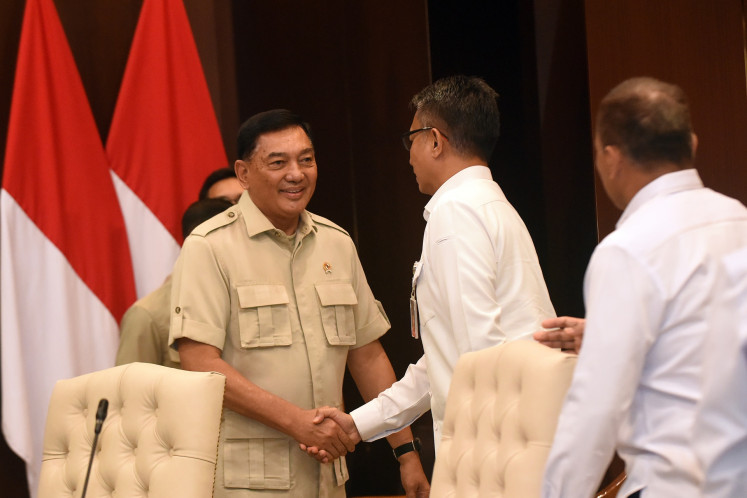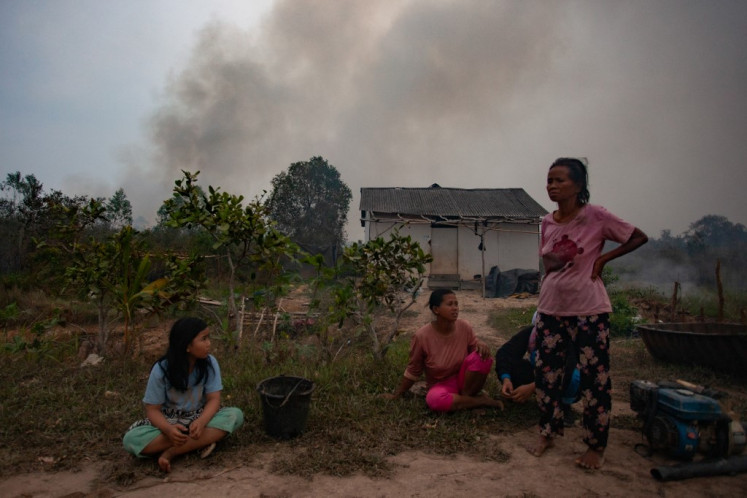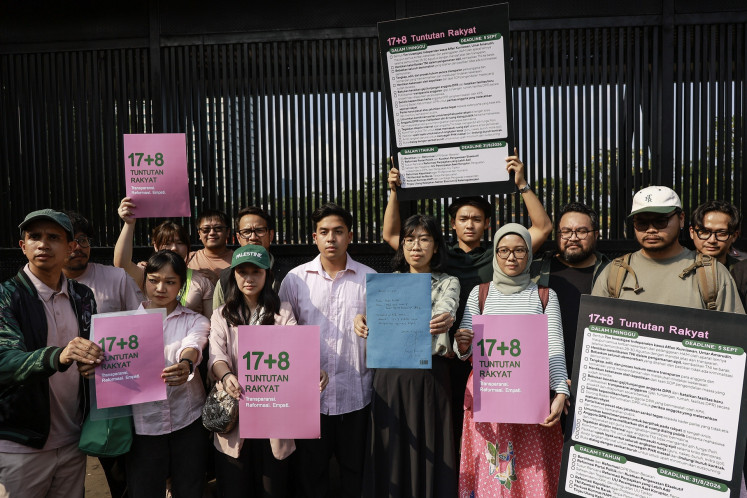Popular Reads
Top Results
Can't find what you're looking for?
View all search resultsPopular Reads
Top Results
Can't find what you're looking for?
View all search resultsIndonesia needs a new approach to fighting inequality
Unless adequate measures are taken to address the problem, people will again take to the streets demanding bold changes in the government’s policies.
Change text size
Gift Premium Articles
to Anyone
A
fter massive protests against the controversial revision to the Indonesian Military (TNI) Law in March, President Prabowo Subianto’s administration faced another wave of mass demonstrations last week. Economic disparities between the elites and the people, among other issues, became a salient concern. Unless adequate measures are taken to address the problem, people will again take to the streets demanding bold changes in the government’s policies.
It started with a local protest in Pati regency, Central Java, in mid August. Amid the deteriorating economy, the regent’s decision to raise the property tax faced fierce resistance from the residents. The protest spread to Jakarta as people from other regions raised the same concerns. News about the increased housing allowances for members of the legislature further deepened people’s dissatisfaction with the current situation and led them to the streets.
Demonstrations escalated and became a nationwide protest after the death of ojol (online motorcycle transportation driver) Affan Kurniawan, who was hit by a police vehicle on Aug. 28 in Jakarta. In many places, riots broke out and caused serious damage to public offices, especially local legislature buildings and police stations. In Jakarta, people even looted the house of some members of the legislature and the Finance Minister.
President Prabowo’s and the legislature’s immediate responses to the protest did not necessarily calm the people. While the demonstrations indeed stopped last week, people issued the widely shared 17+8 People’s Demands, which, among other things, demand improvements in economic policies. The President’s and the legislature’s responses only partially addressed the problem, not its root causes. Economic disparities, which led the people onto the streets, and were explicitly articulated in the protest, have not been explicitly addressed in the government’s responses.
On several occasions, Prabowo has acknowledged that inequality remains a problem for Indonesia. A few months ago, at the St. Petersburg International Economic Forum 2025, he stated that while Indonesia enjoyed steady growth of over 5 percent per year in the last several years, there was no trickle-down effect on society. “The wealth remains concentrated in the top 1 percent. And this is not the formula for success”. Yet, no single word about inequality has been stated by President Prabowo recently.
To some extent, inequality has been mentioned as one of the government’s priorities since former president Joko “Jokowi” Widodo’s era. Jokowi launched the Economic Equity Policy, which relied on three pillars: agrarian reforms, economic opportunities and human development (vocational education and training). The government also enhanced the country’s social protection policies as part of its efforts to defeat poverty and reduce inequality.
According to Statistics Indonesia (BPS), Indonesia’s Gini Index, which measures economic inequality, declined under Jokowi’s administration. The Gini coefficient dropped from 0.41 in September 2010 to 0.389 in March 2018 and 0.375 in March 2025. Yet, the nationwide mass protests voicing widespread economic grievances emerging after these statistics suggest a serious problem with this number.

